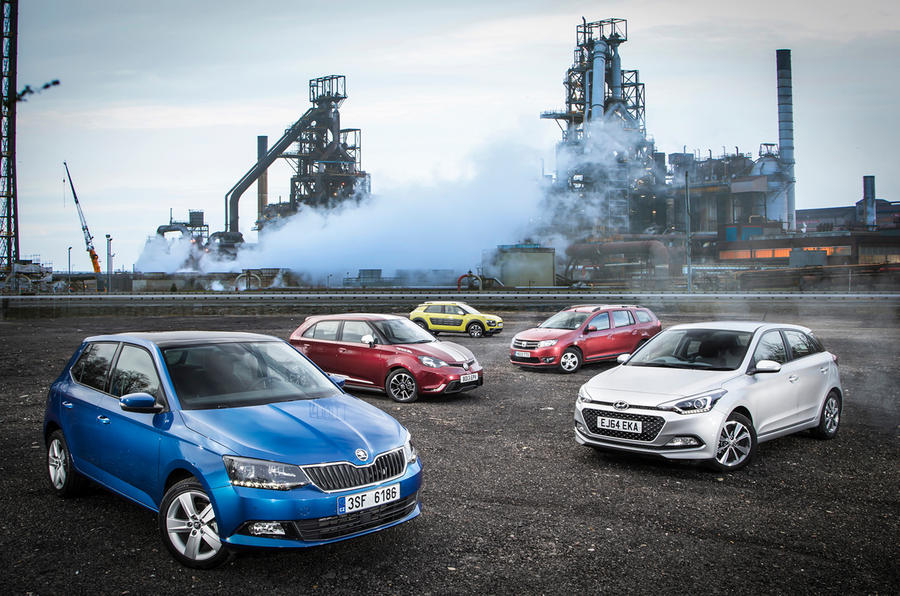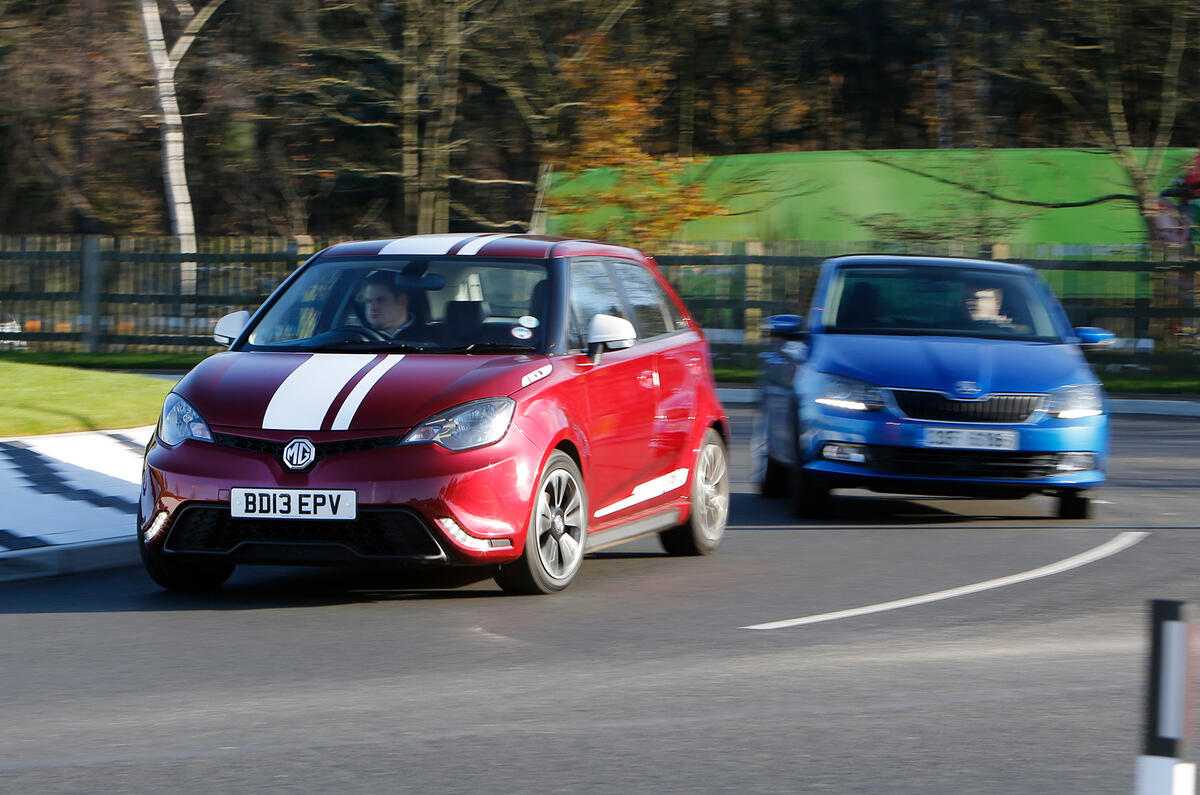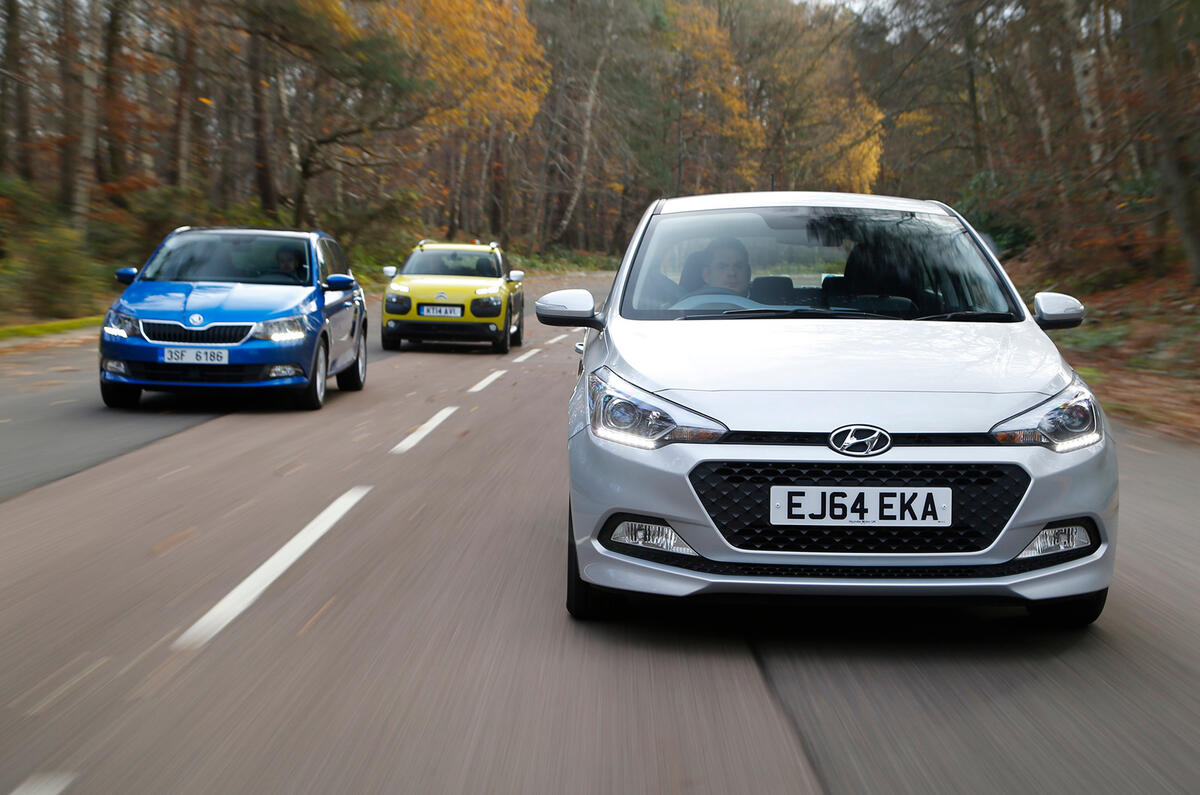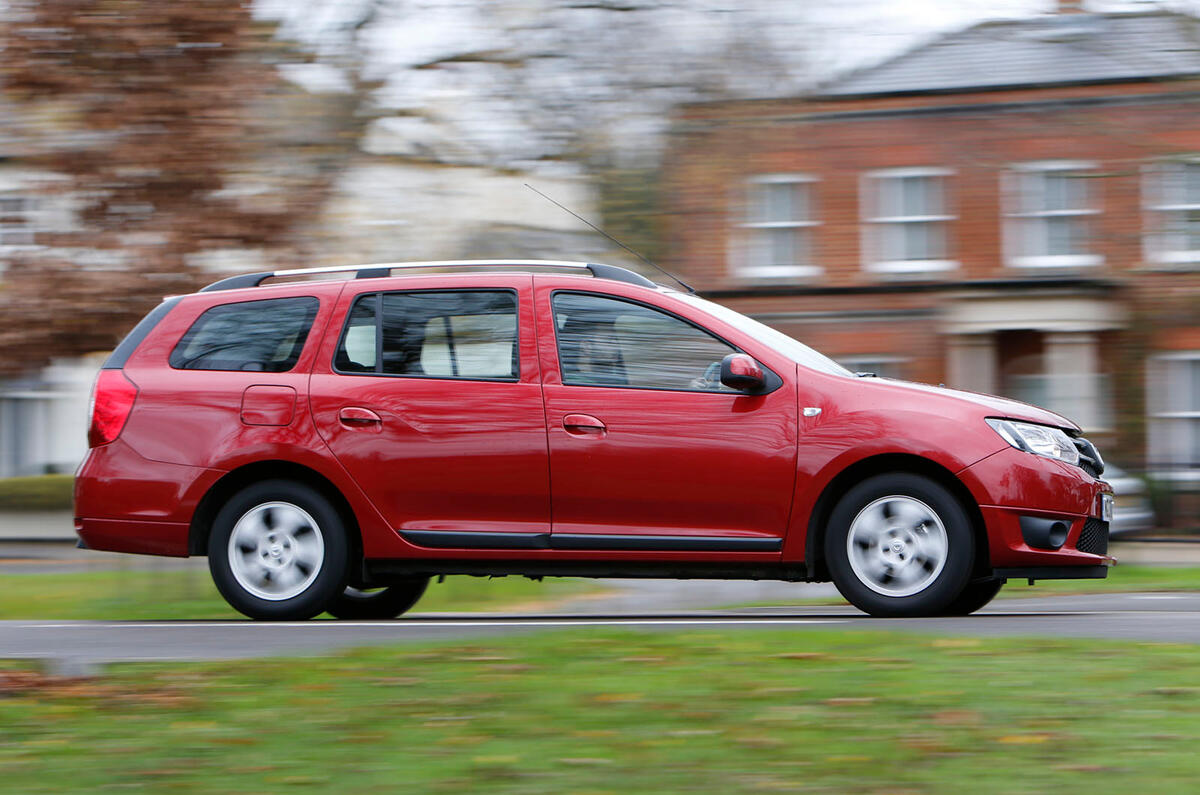They’ve colonised our high streets. They’re forcing their way into our grocery shopping habits. And, slowly but surely, Europe’s value brands are increasing their claim to our driveways.
As retail experts love to tell us, the past five years have proved nothing if not that Britons love ‘sneaking down’ as much as ‘trading up’ – grabbing a bargain from the likes of Costco and Primark in order to make room in the budget for that trip to Selfridges or Fortnum & Mason.
In 2011, cheapo retail champions Aldi and Lidl had half the UK market share that they have today. The bigwigs at Skoda, Hyundai, Citroën, Dacia and MG Motor UK must be wondering how they can pull off the same kind of growth rate. Those five are the UK’s only budget car brands but still supplied 1.2 per cent more of the country’s new cars this year than in 2012, at just over 11 per cent in all.
Good product will be key if they are to increase that rate of progress. So many of us wouldn’t now be making an extra stop on the weekly shopping trawl if we hadn’t heard about Aldi’s smoked salmon or Costco’s fresh meat. In the same way, if Skoda – or even Dacia – can come up with a supermini that’s as good as a Ford Fiesta or a Volkswagen Polo and can charge less for it, we’ll all hear about it.
So is there an automotive equivalent of Lidl’s legendary Parmigiano Reggiano? Has either Skoda or Hyundai launched it in the brand-new Fabia or Hyundai i20? Does the more esoteric Citroën C4 Cactus crossover represent the best value on our roads? Or is it worth plunging even deeper into low-cost motoring with a Dacia Logan or MG 3?
What they’re like to drive
Even in value-brand superminis, the driving experience matters. If paying less for a car means getting less, you’re clearly not getting value – whether it’s performance, refinement, comfort or handling.
Good news to begin with: although no car here has more than one and a half litres of swept volume, all but one hit a competitive mark in terms of basic speed. A Ford Focus EcoBoost costs twice as much as some of our test cars and hits 62mph from rest in 11.0sec. Only the Citroën needs much longer than that.
The fact that the Cactus is also the priciest option on test doesn’t flatter it. Citroën would argue that this 1.2 Puretech model has as much real-world performance as it needs, but it does feel a little underpowered when you’re nipping up to motorway speed or sweeping out to pass an HGV.
But a shortage of outright poke isn’t the biggest offence caused by the poorest of these cars. Manageable handling, decent ride comfort, light and pleasant controls and a quiet and well insulated cabin are the facets that a budget hatchback really can’t afford to compromise on, I reckon.







































































Join the debate
Add your comment
Yawn.
You can get a
The MG3 is the real winner